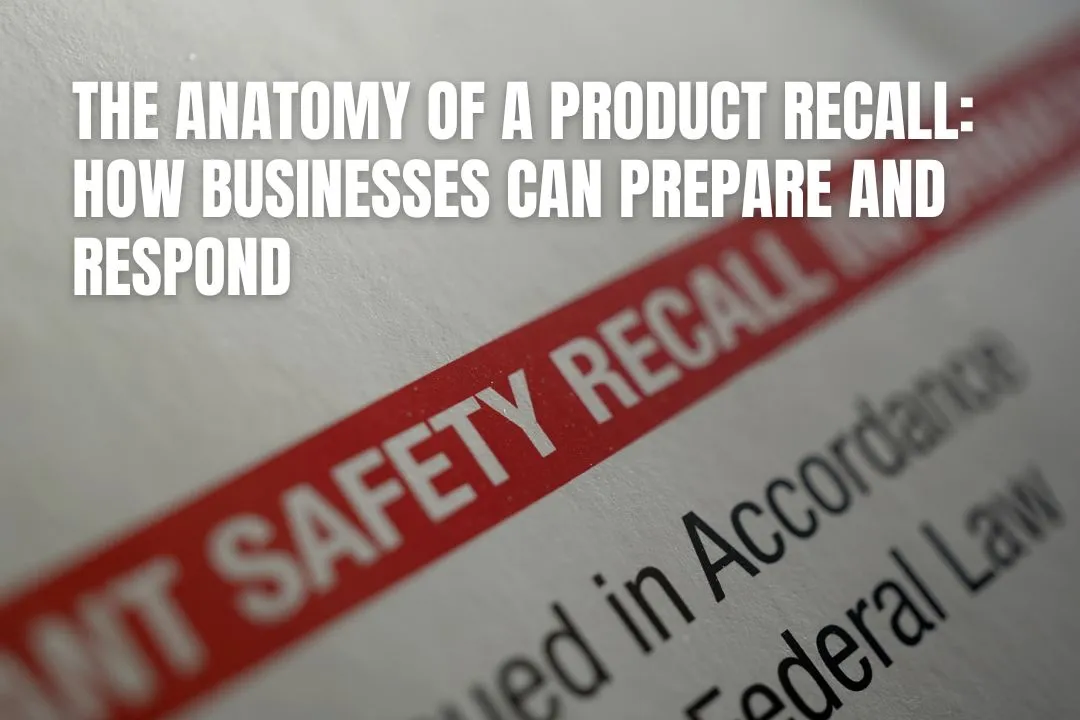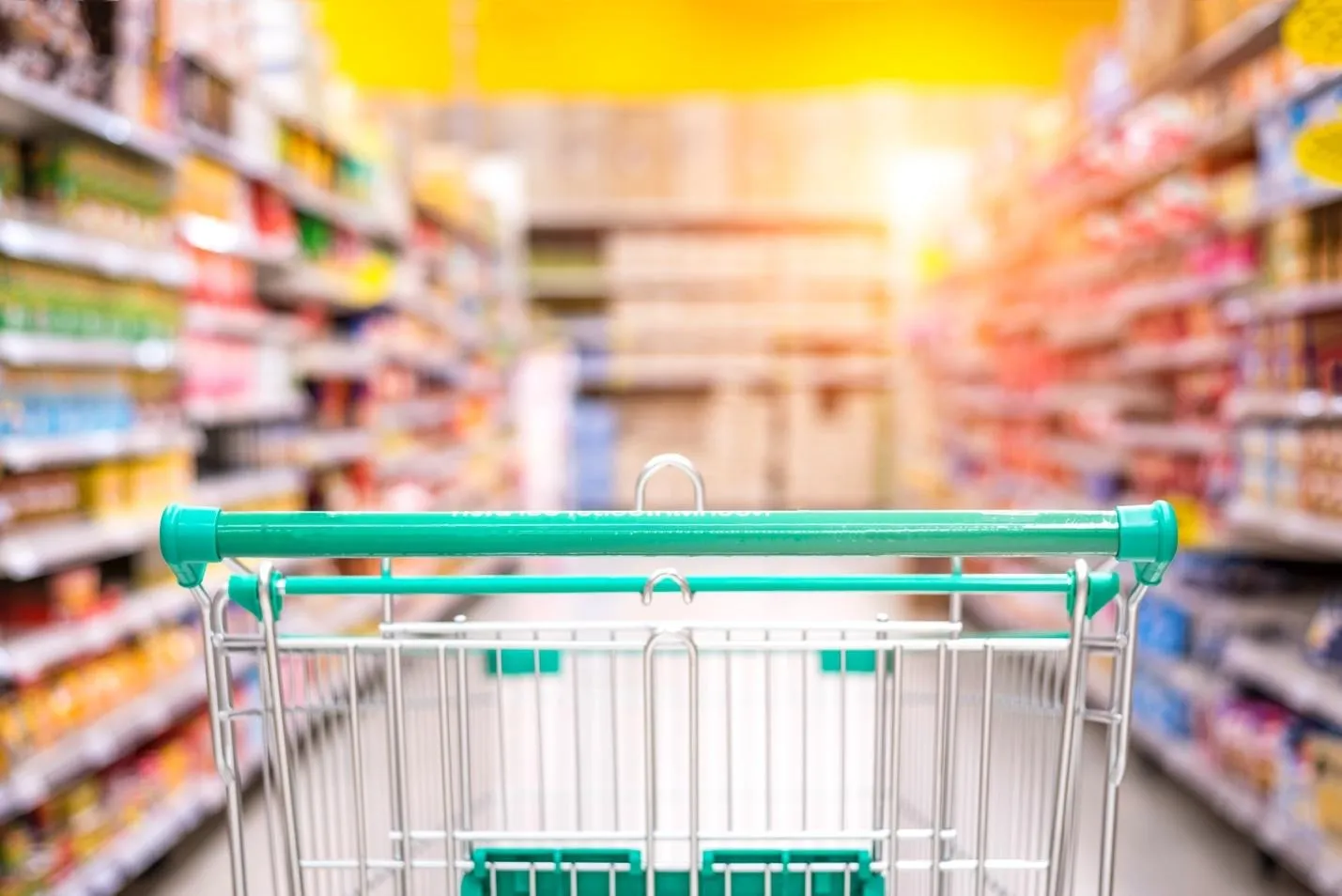
Product recalls are among the most disruptive events a company can face. They test communication, trust, and operational efficiency all at once. A successful recall, however, depends on more than damage control. It requires preparation, transparency, and coordination across every stage of the supply chain.

Every recall begins with detection. A safety issue might be discovered through consumer complaints, internal testing, or reports from regulatory agencies. In other cases, suppliers uncover issues in materials or production processes that lead to potential defects. Early detection depends heavily on data management and traceability systems that flag anomalies before they escalate.
Modern manufacturing has made this process more precise. Automated inspection systems and digital quality tracking can identify deviations far earlier than manual checks. In industries where safety is critical, these systems can mean the difference between a minor issue and a national recall. Advanced machinery, such as a fully automated tumbling line, also helps reduce contamination risks by maintaining consistent handling and processing conditions.
Once a defect is confirmed, companies must decide whether a recall is necessary. This decision is guided by three factors: risk severity, regulatory requirements, and potential harm to consumers. Businesses typically work closely with agencies like the U.S. Food and Drug Administration (FDA) or the Consumer Product Safety Commission (CPSC) to determine the proper classification.
A recall is not always voluntary, but proactive action often reduces legal and reputational damage. Companies that initiate recalls quickly tend to recover faster, as prompt disclosure is viewed as a sign of accountability.
Effective communication is the backbone of recall management. Companies must reach distributors, retailers, and consumers with clear, accurate information. Messages should include the reason for the recall, affected product identifiers such as batch or serial numbers, and specific actions customers should take.
In the digital age, speed matters. Email alerts, social media updates, and recall webpages allow real-time outreach. However, clarity must take priority over volume. Coordinating communication with regulatory bodies ensures consistency and prevents conflicting information from circulating.
Once communication is underway, the physical recovery process begins. Recalled products must be tracked, removed, and replaced efficiently. Supply chain coordination is critical at this stage. Reverse logistics requires accurate data and strong partnerships with transport and storage providers.
Recalled items are typically quarantined and analysed to determine the root cause. The results guide corrective actions to prevent recurrence. Depending on the nature of the defect, companies may revise production procedures, adjust supplier requirements, or update equipment calibration.
A recall does not end once the products are returned. Companies must conduct post-recall assessments to identify weaknesses in their systems. This includes evaluating response times, communication effectiveness, and quality control failures. The lessons learned often shape future risk management strategies.
Recalls can be costly, but they also reinforce the importance of transparency and accountability in modern business. When companies act quickly, share information honestly, and use data to strengthen their systems, they protect both their customers and their reputation. Check out the infographic below for more information.

The first step is always detection. An issue might be identified through customer complaints, your own internal quality testing, or reports from regulatory bodies. Having robust tracking systems in place is key to catching potential problems early.
It is almost always better to act proactively and issue a voluntary recall. Taking swift, accountable action can reduce legal and reputational damage. Customers often view prompt disclosure as a sign that your business is trustworthy and responsible.
Effective communication must be clear, accurate, and fast. You need to provide the specific reason for the recall, which products are affected (using batch or serial numbers), and what actions customers should take. Using multiple channels like email, social media, and a dedicated webpage ensures you reach everyone.
Once recalled products are recovered, they are typically quarantined and analysed to find the root cause of the defect. The findings from this analysis guide the corrective actions your business will take to prevent the issue from happening again.
Preparation is crucial. As the guide on 'How Businesses Can Prepare And R' suggests, you should have a detailed recall plan, strong traceability systems, and clear communication protocols already established. Regularly reviewing these plans ensures your team can respond efficiently if a recall becomes necessary.